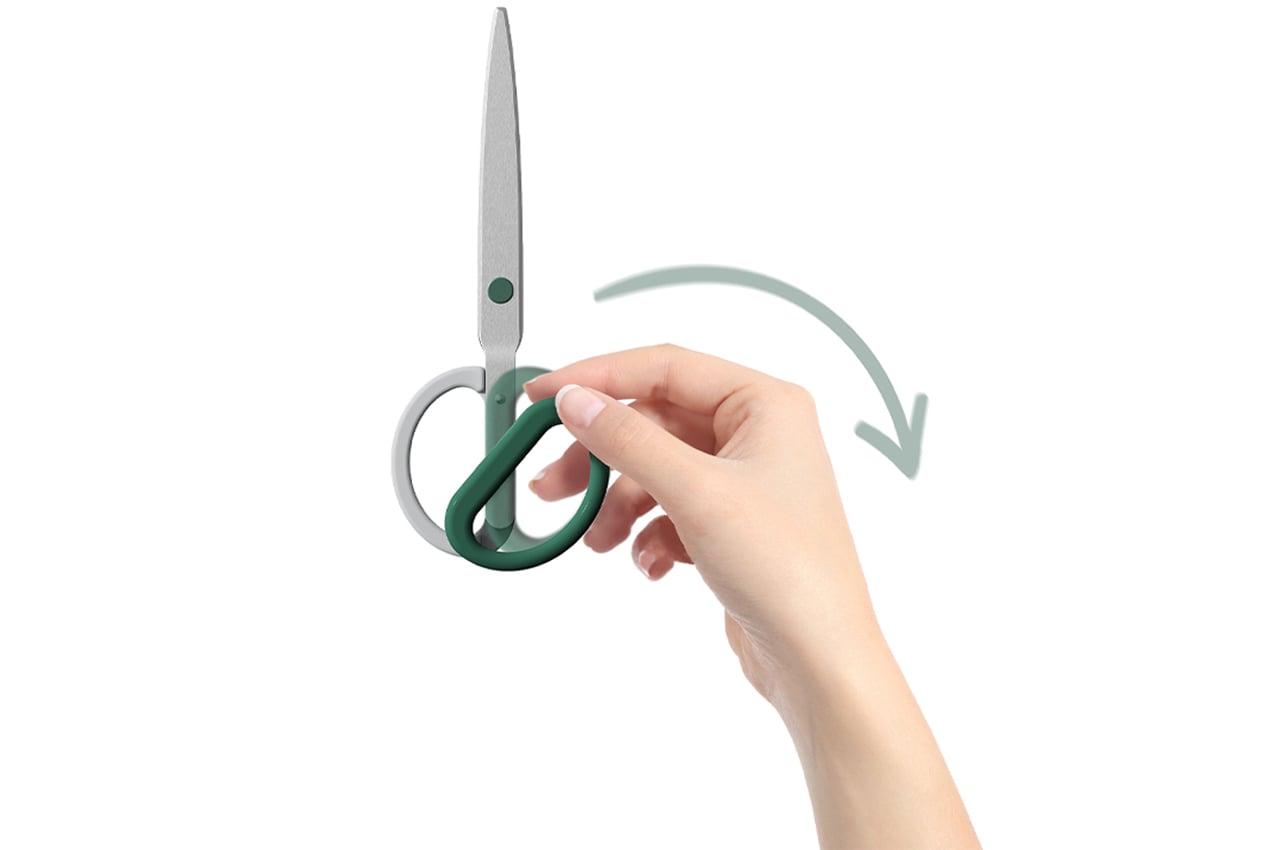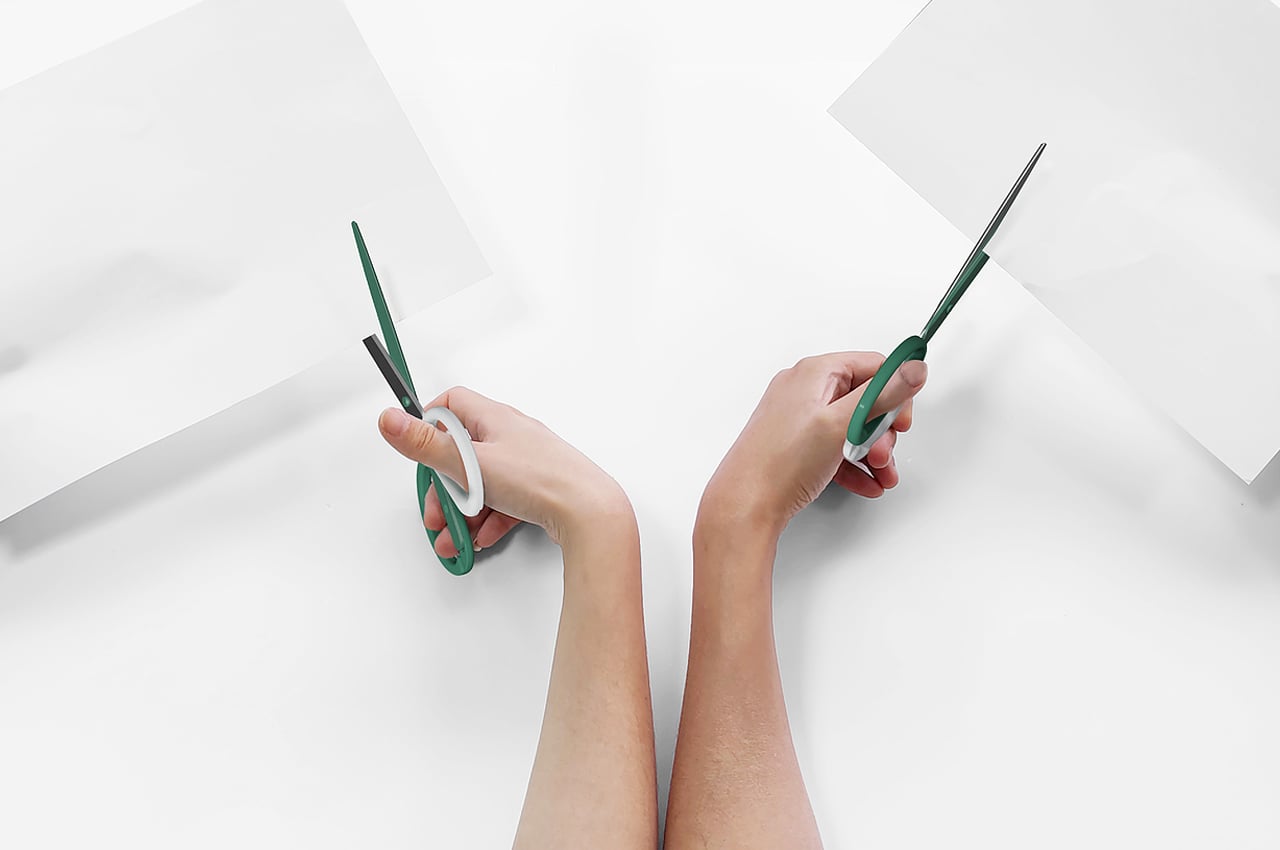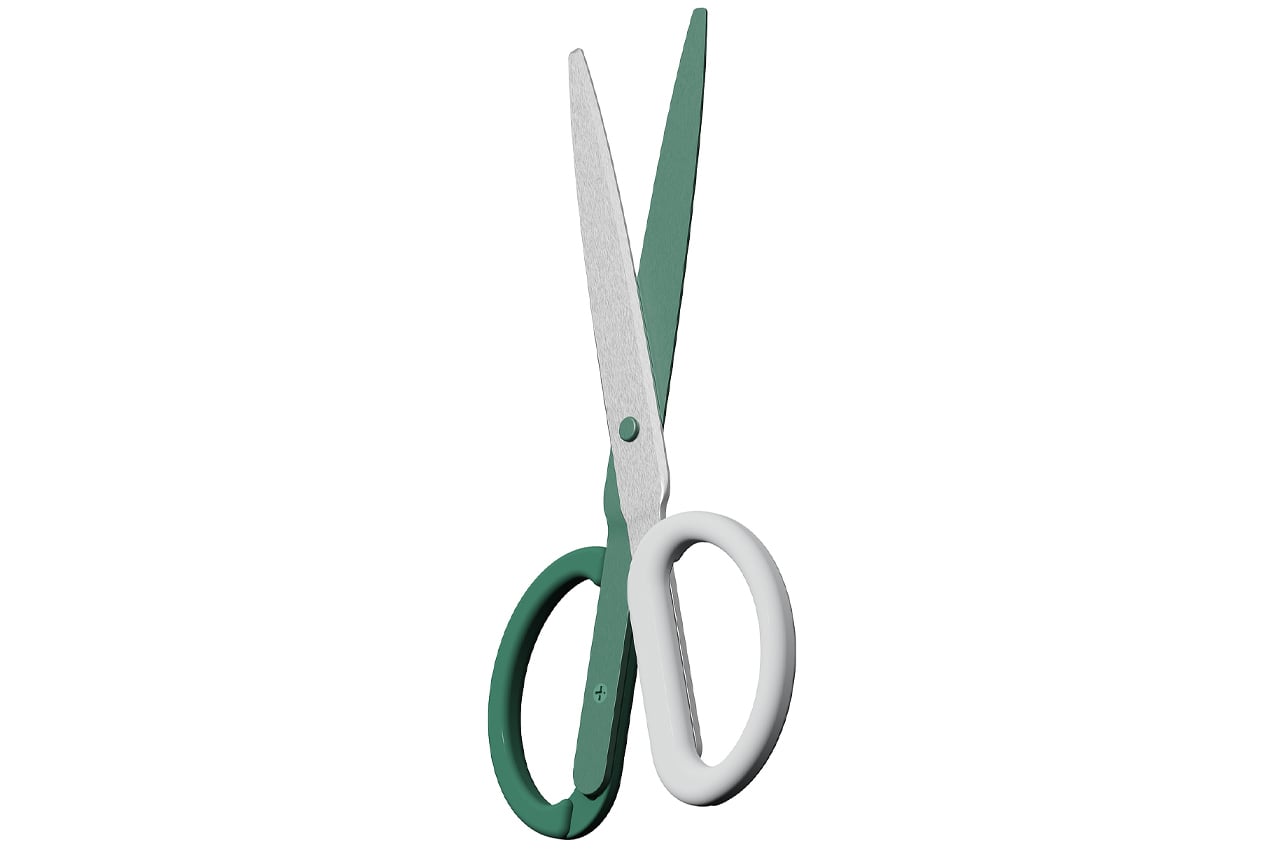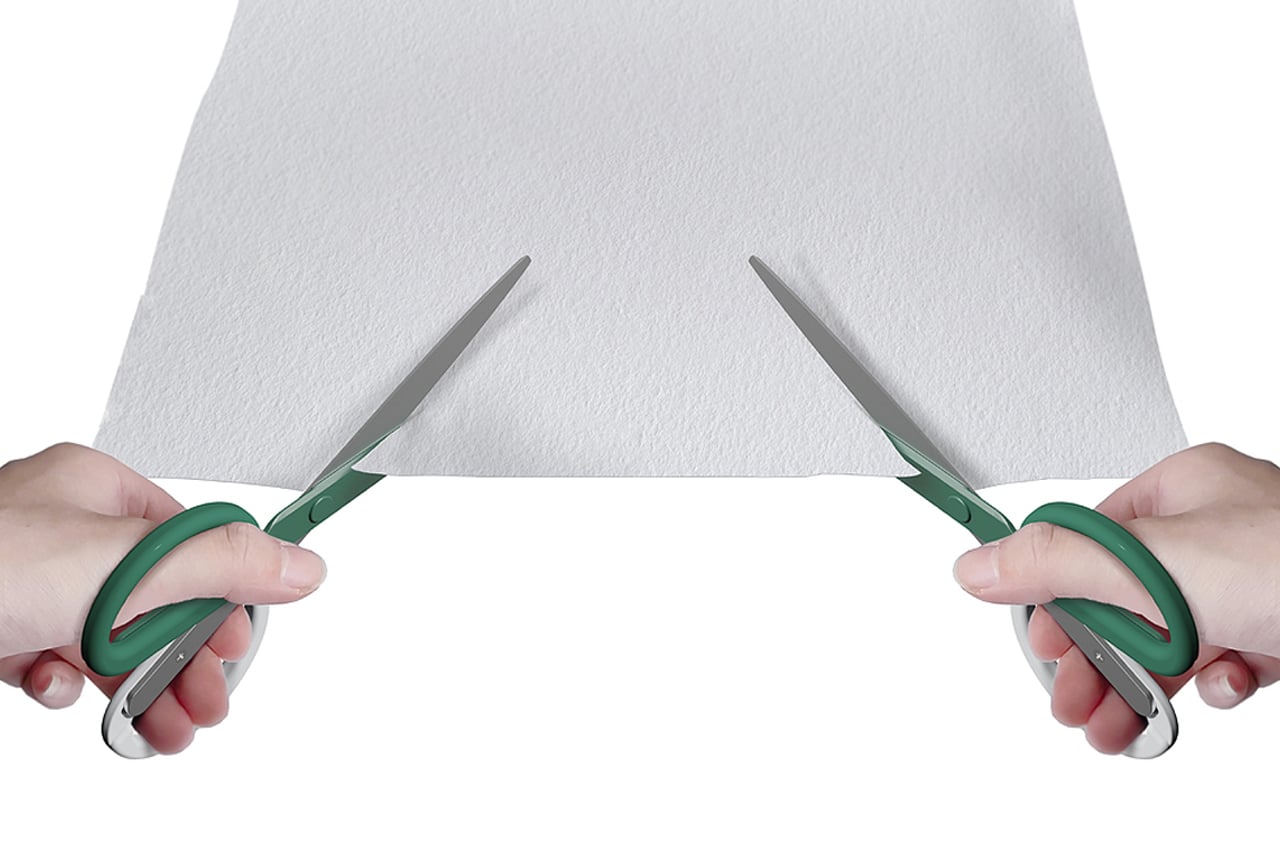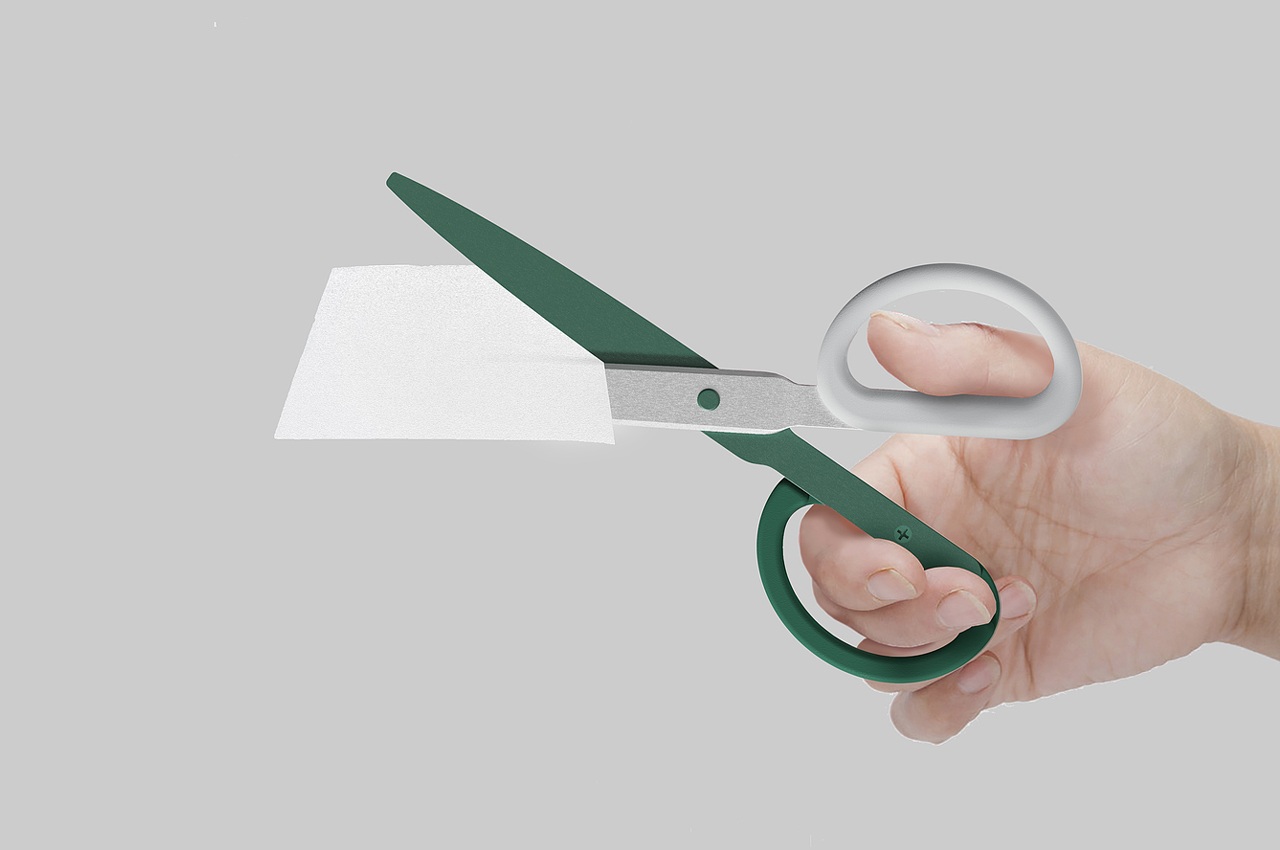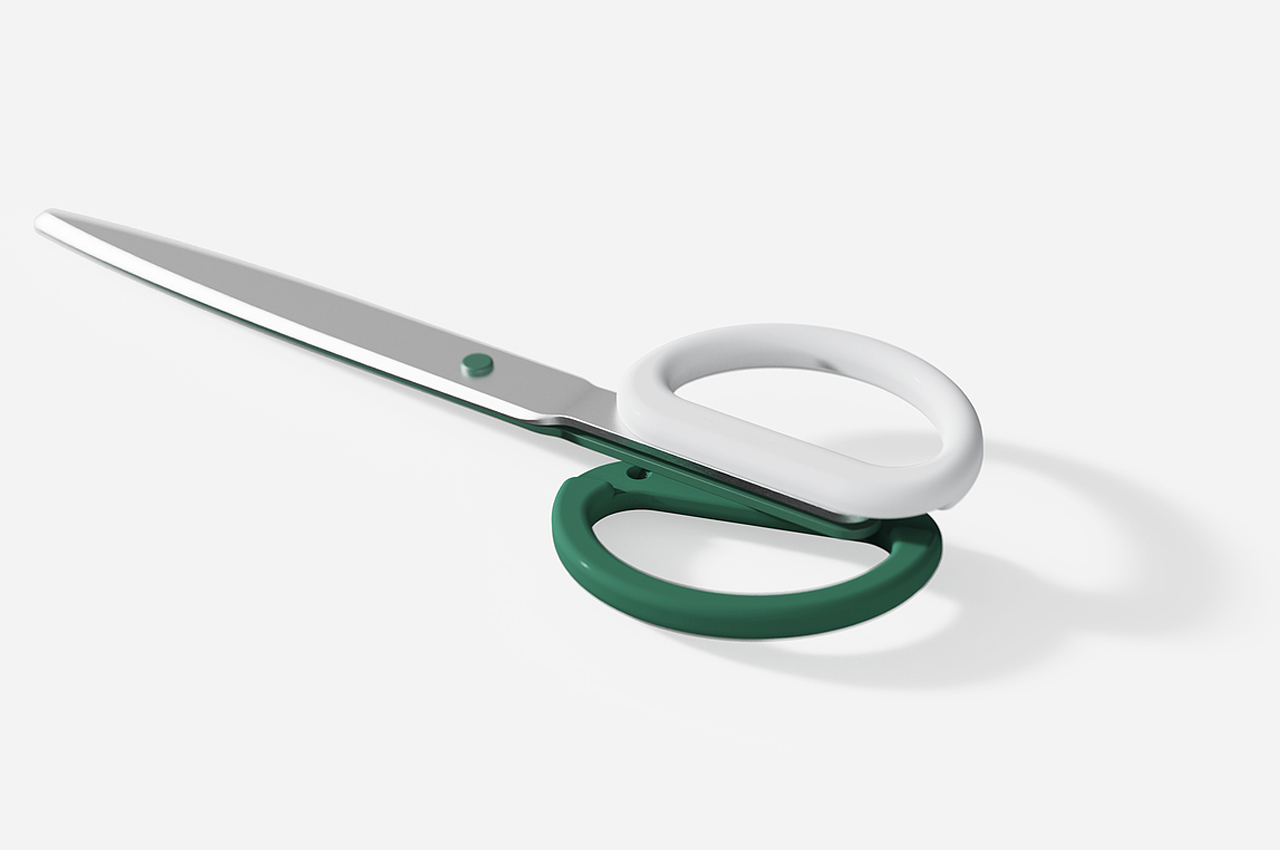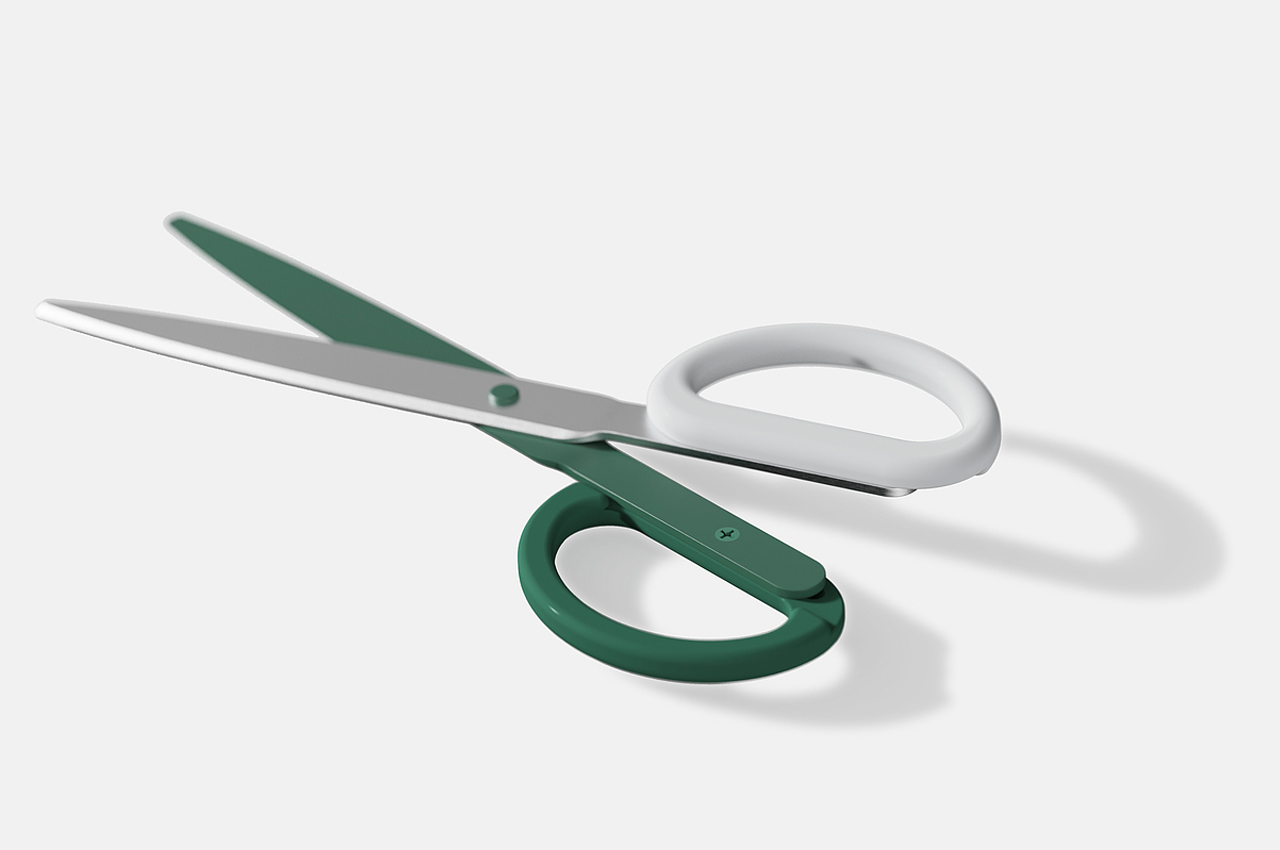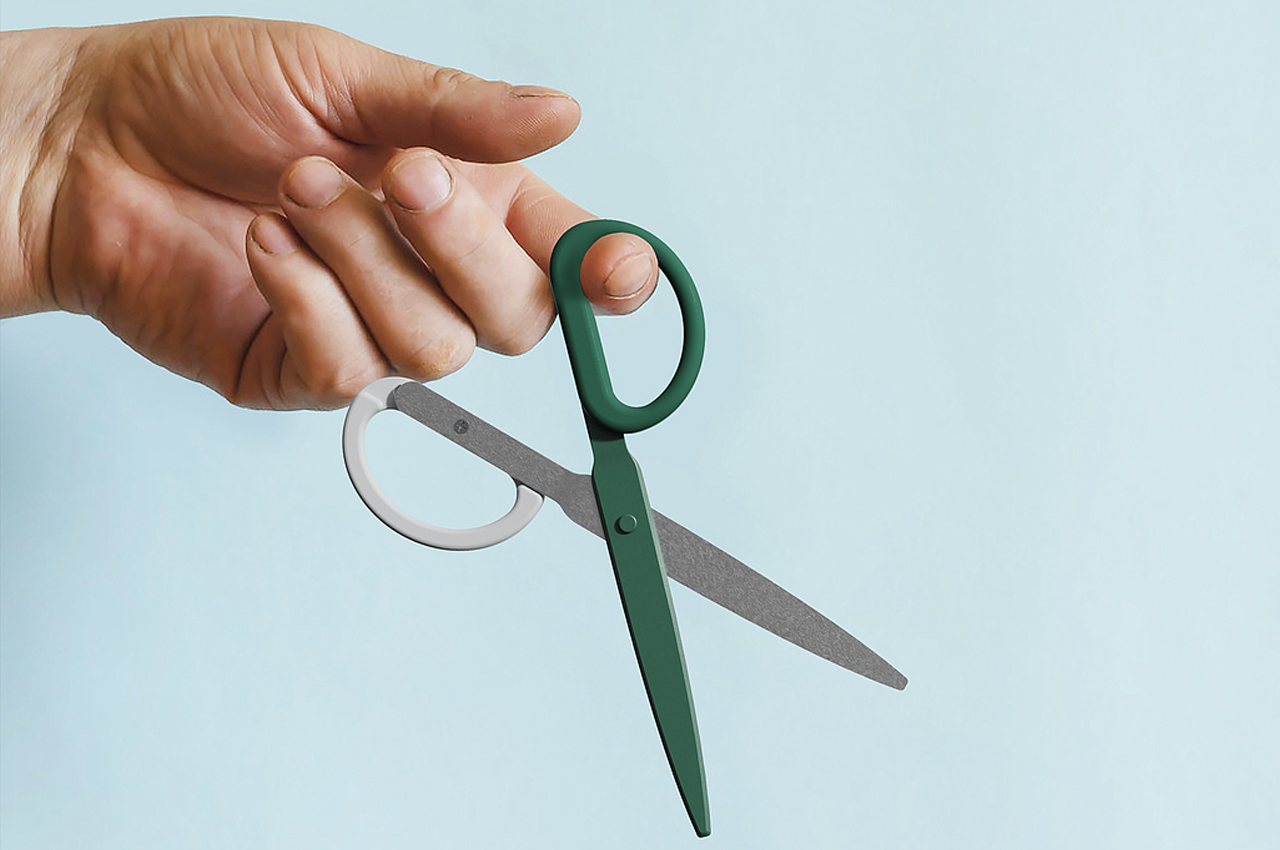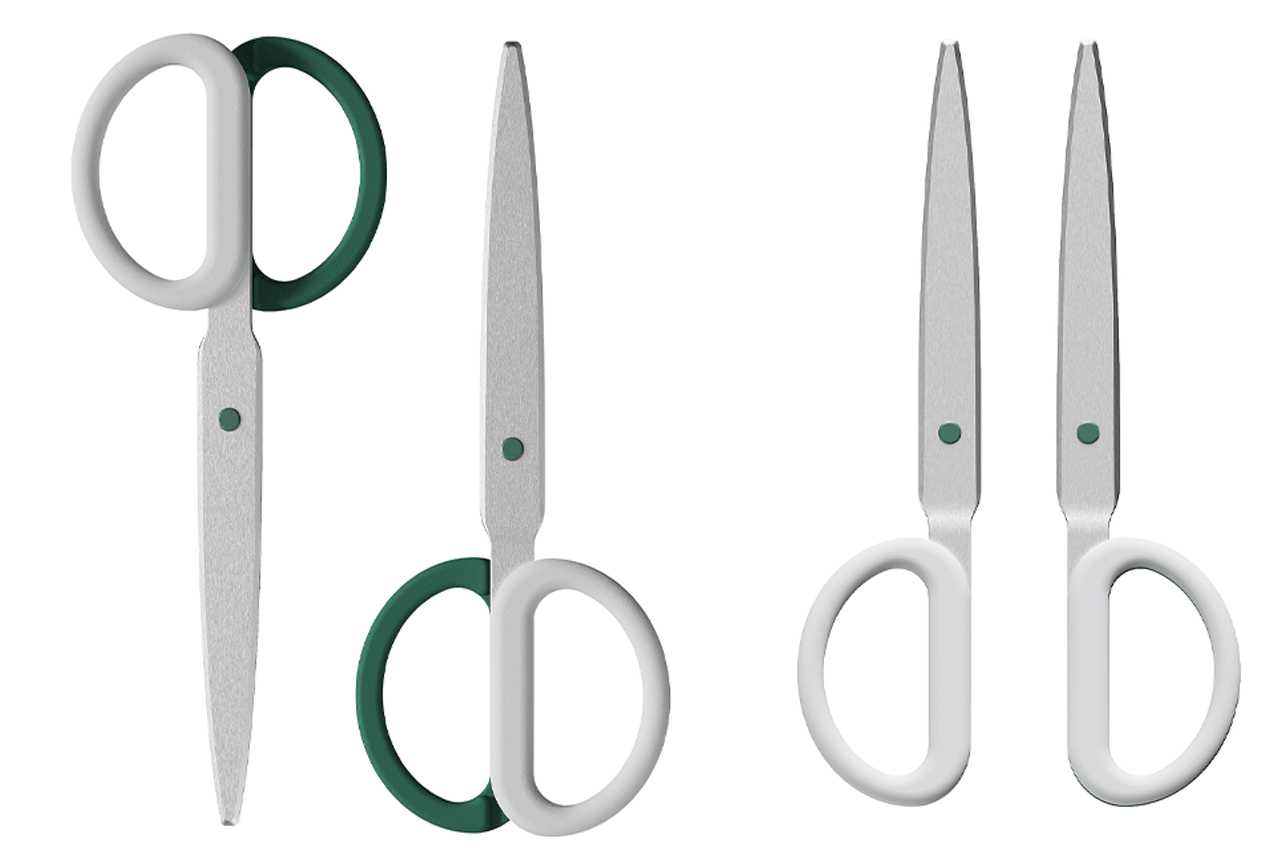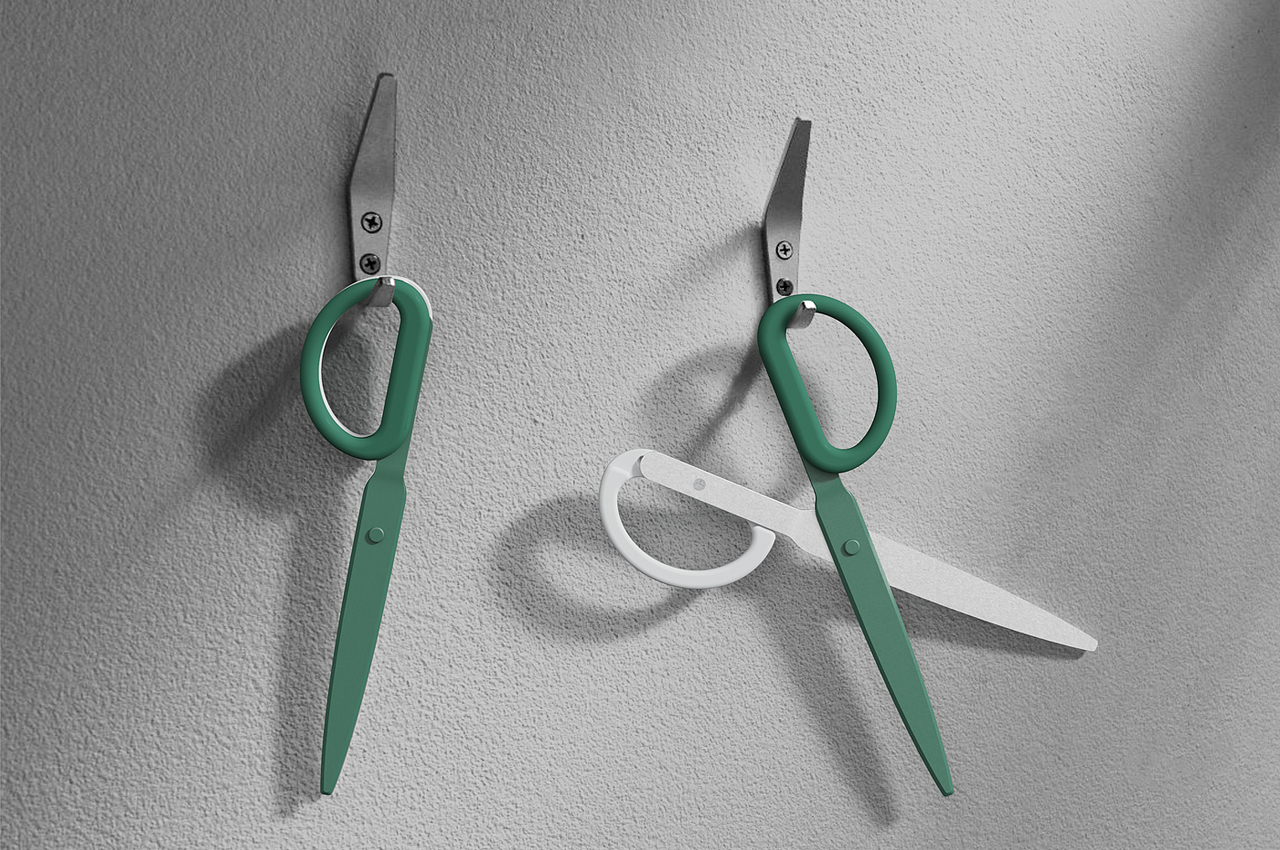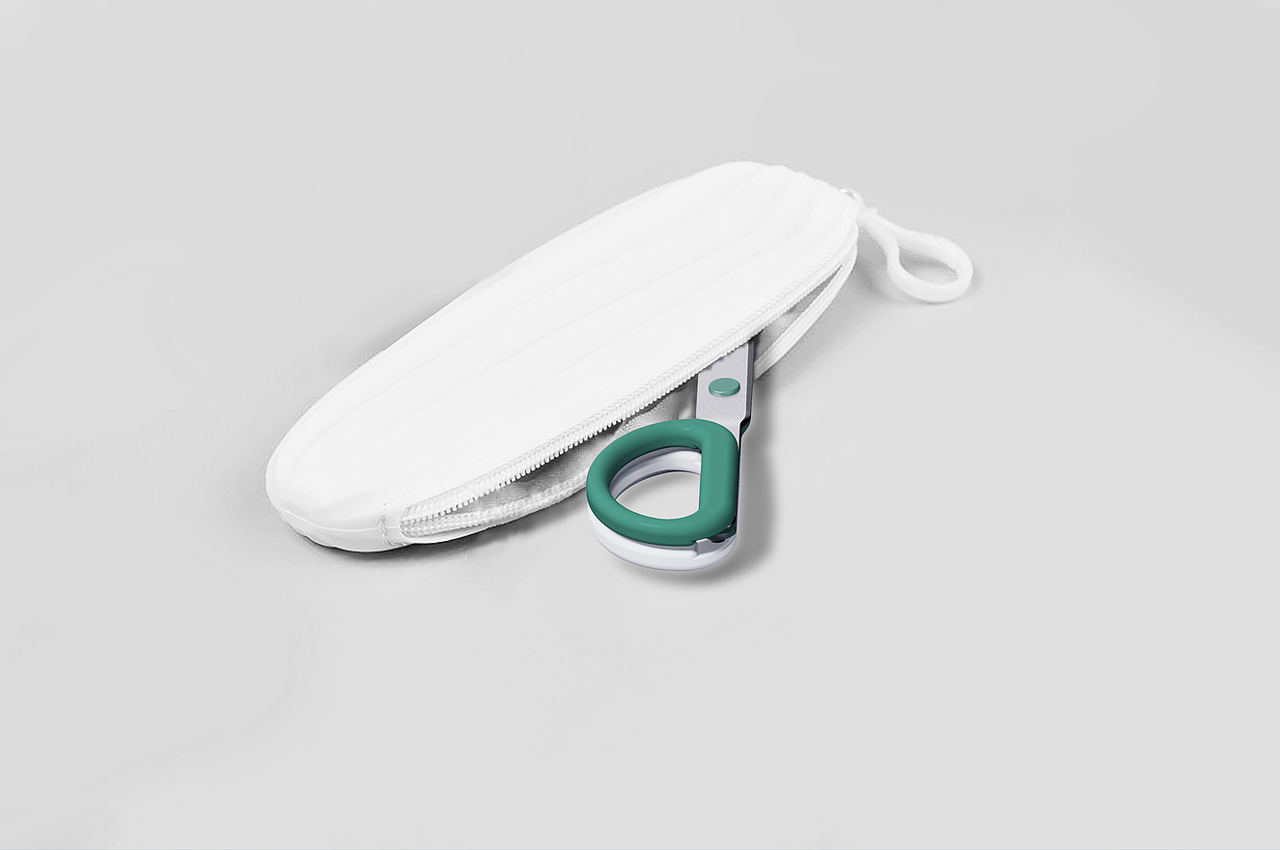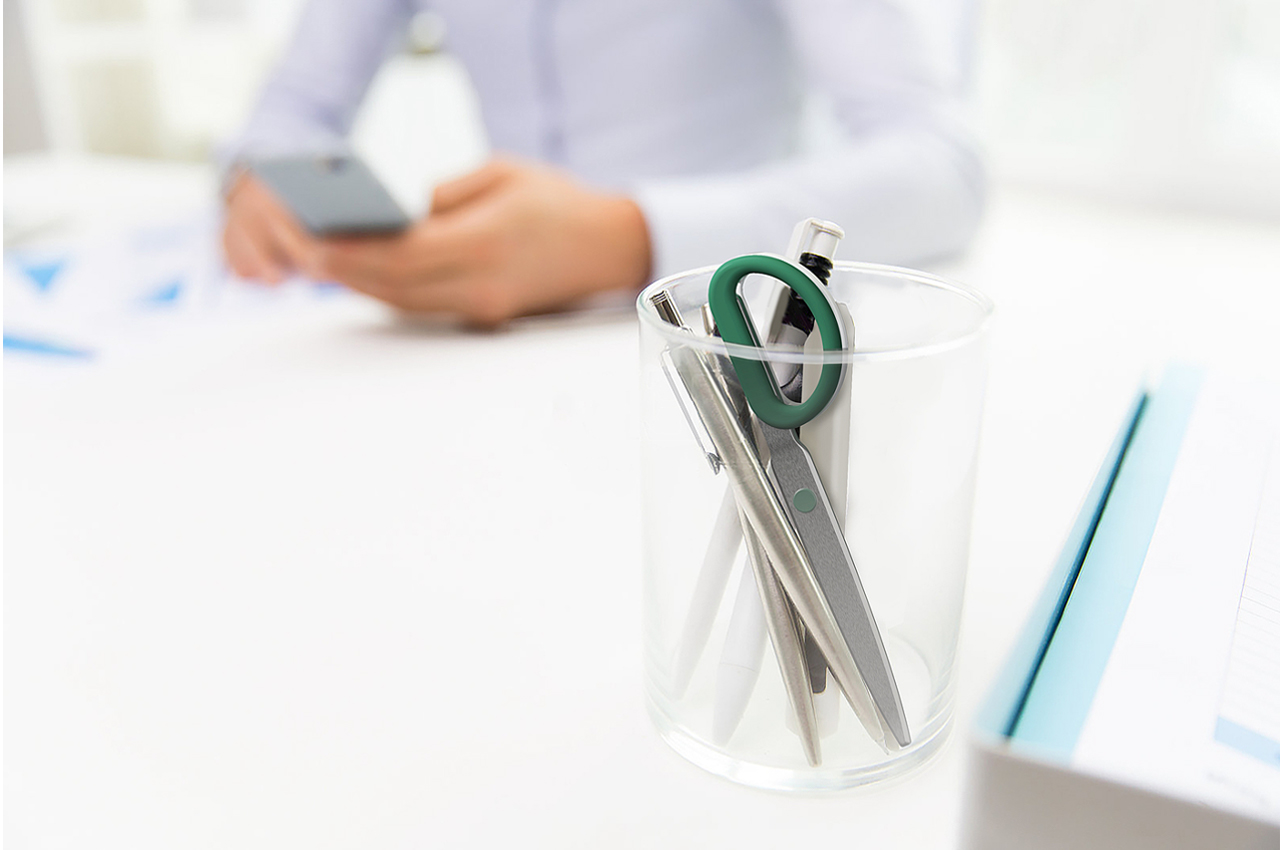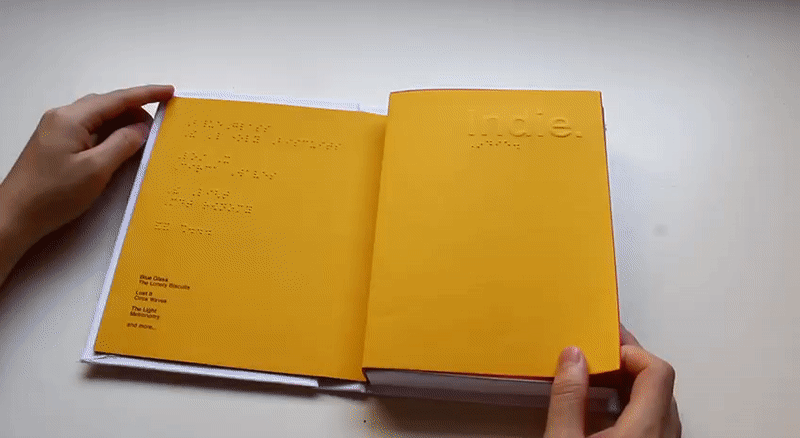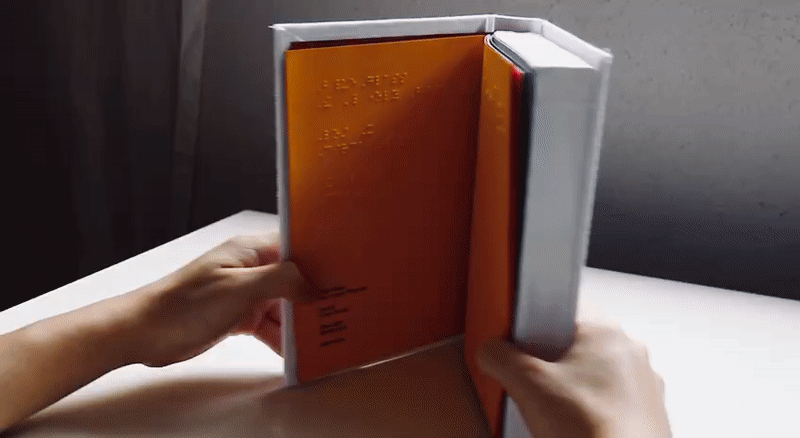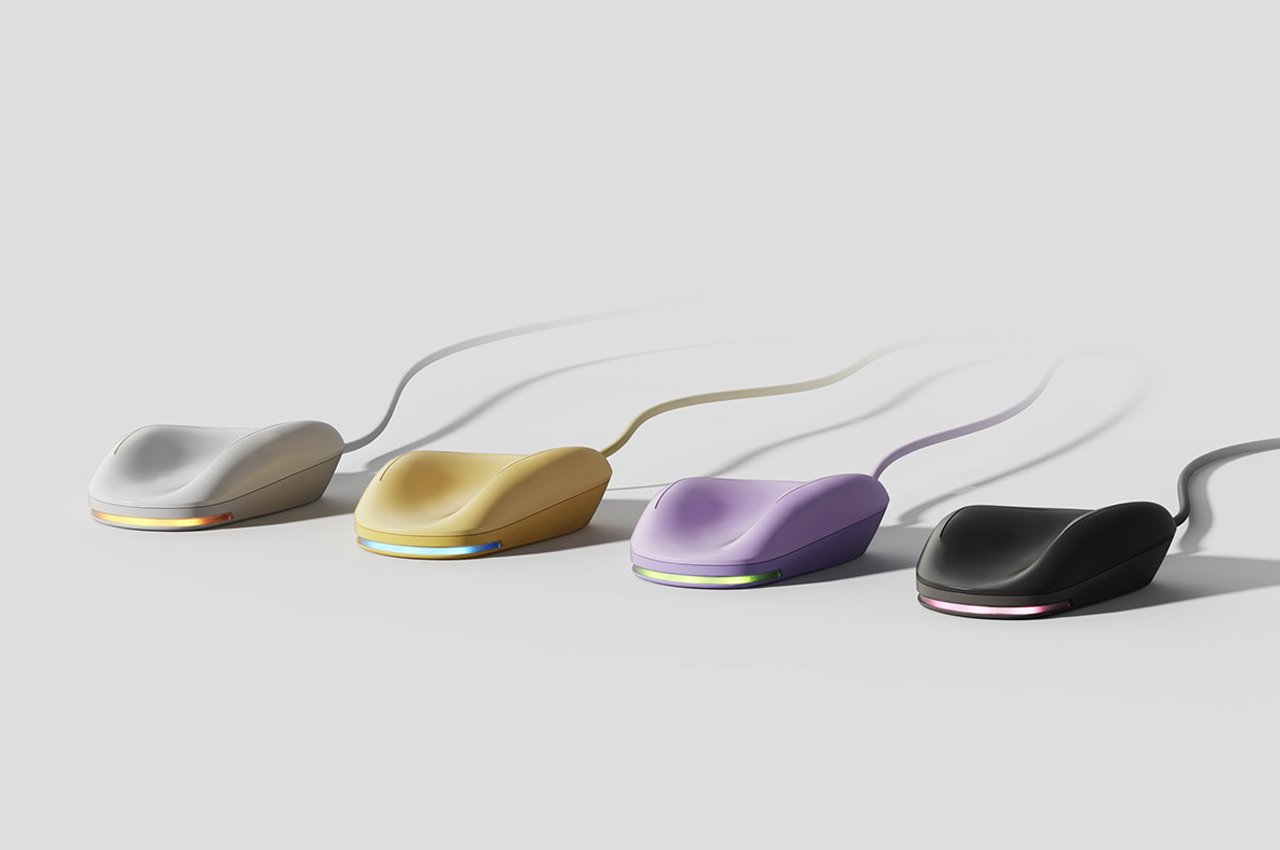
Allin is an inclusive, barrier-free mouse that was designed to be ergonomic specifically catering to the needs of amputees and those who struggle to use computer mouses.
Most of us are working on our laptops or desktops for the entire workday, but not without consequence. From our eyes to our wrists, from our posture to our bums, we go through physical strain every day just by sitting at our desks and staring at our computer screens while endlessly typing.
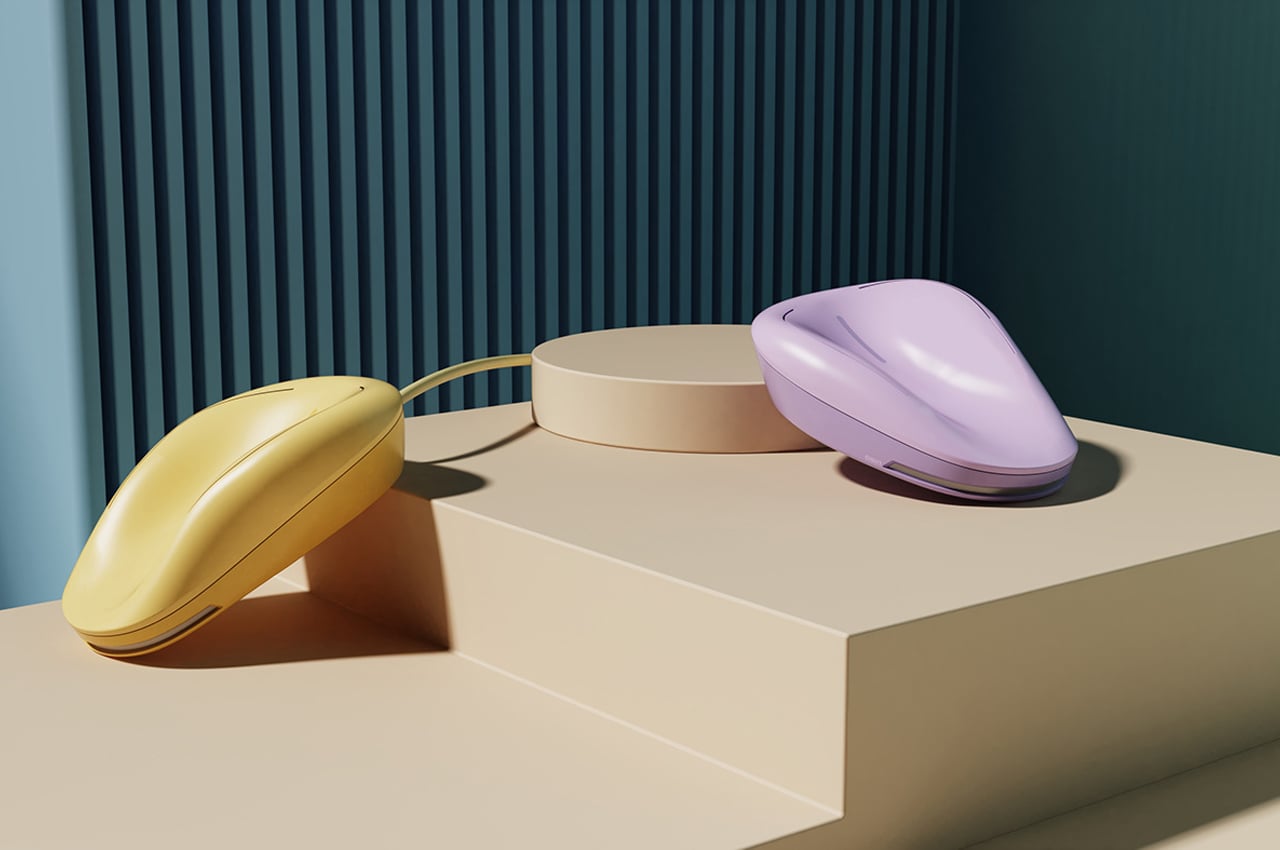
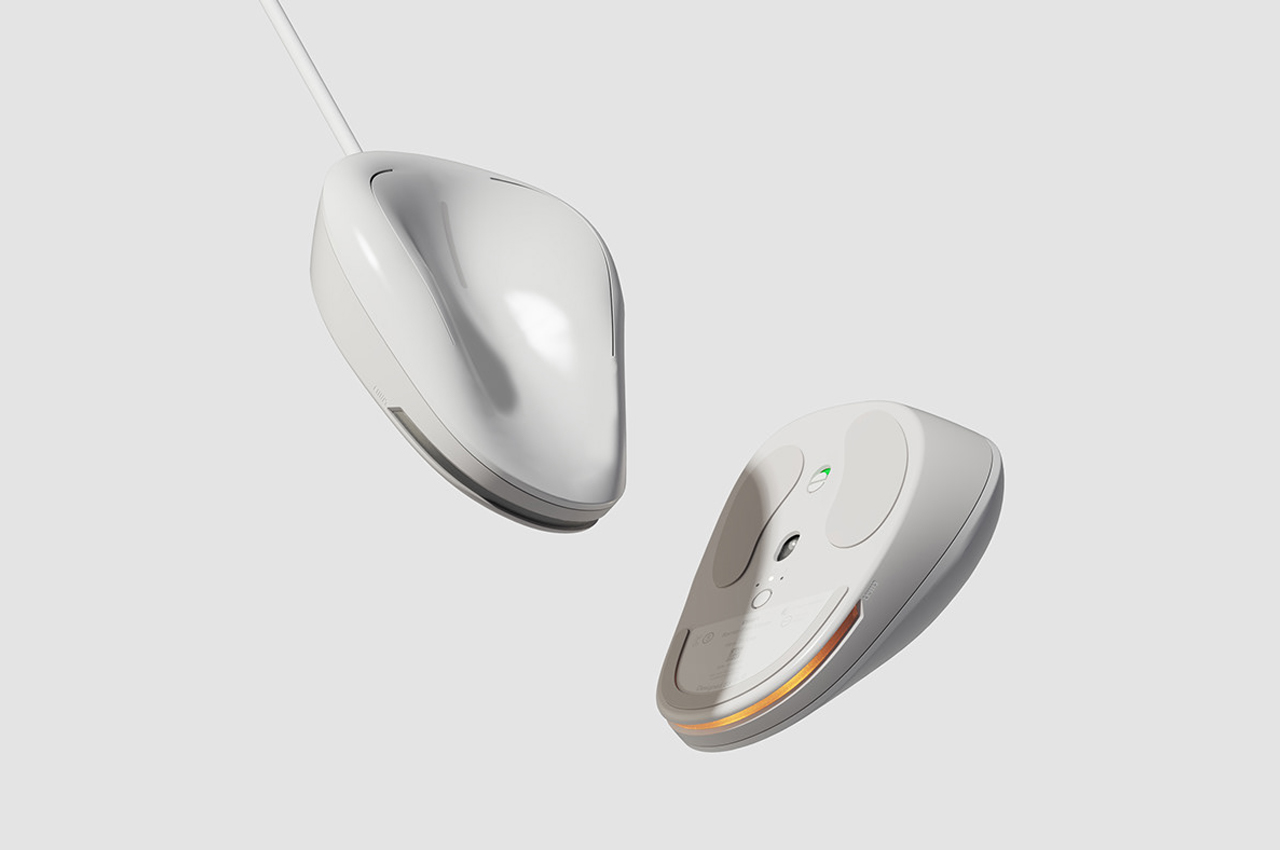
Providing their own solution to one part of this daily struggle, Designer Dot conceptualized Allin, an ergonomic mouse designed specifically for amputees and others who have trouble operating desktop and laptop mouses.
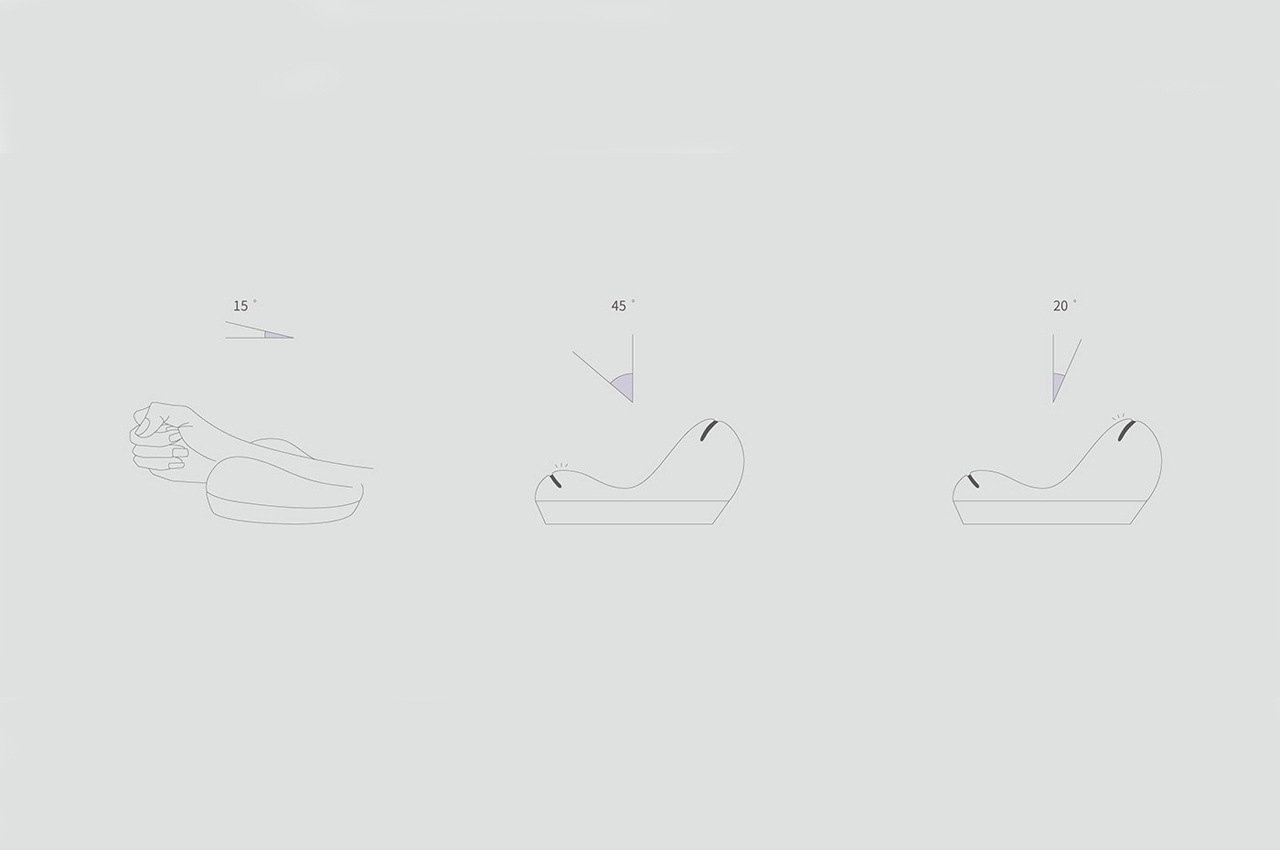
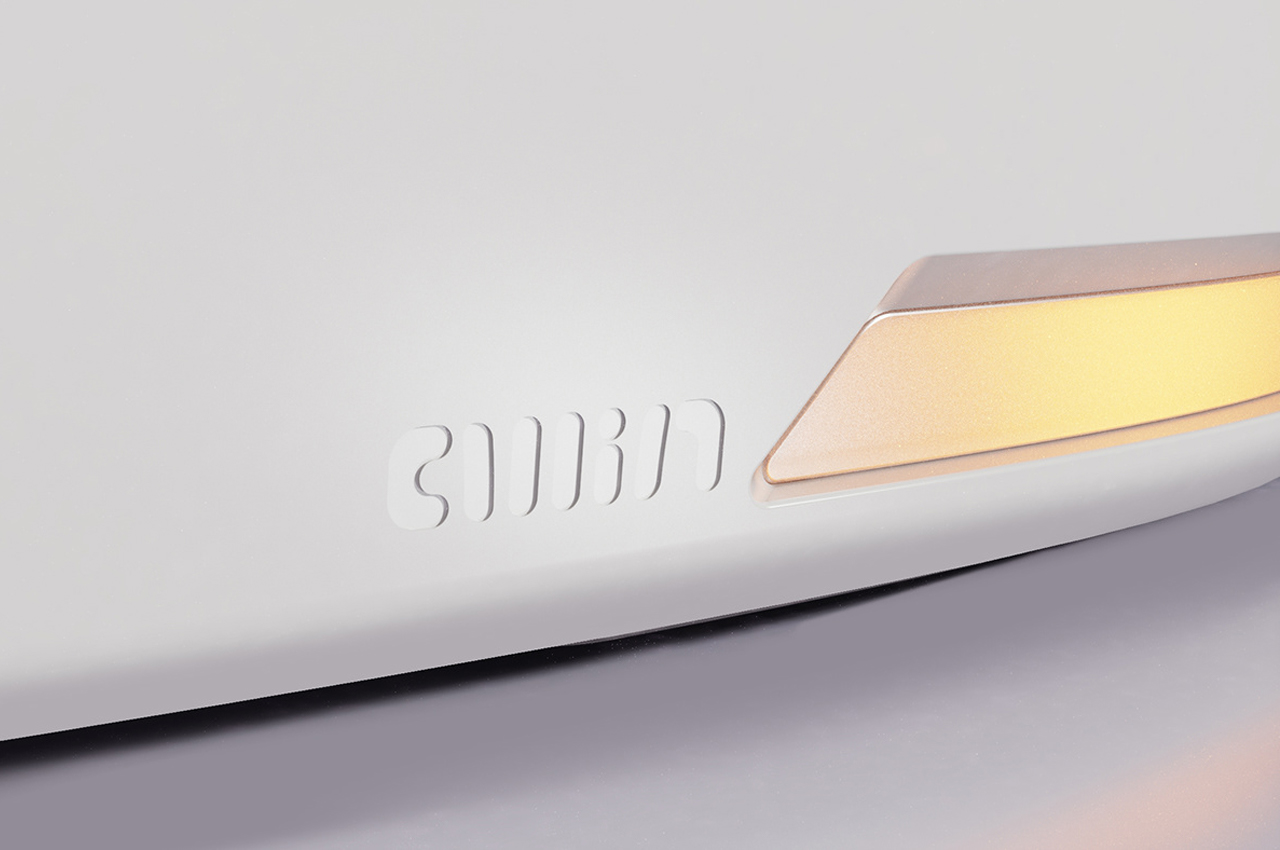
Constructed with a curved design, Allin features a soft impression where users can place their wrists to access the mouse’s control functions. Replacing the right and left click buttons with right and left tilt buttons, users simply lean their wrists to one side or the other to click links on their computer screens.
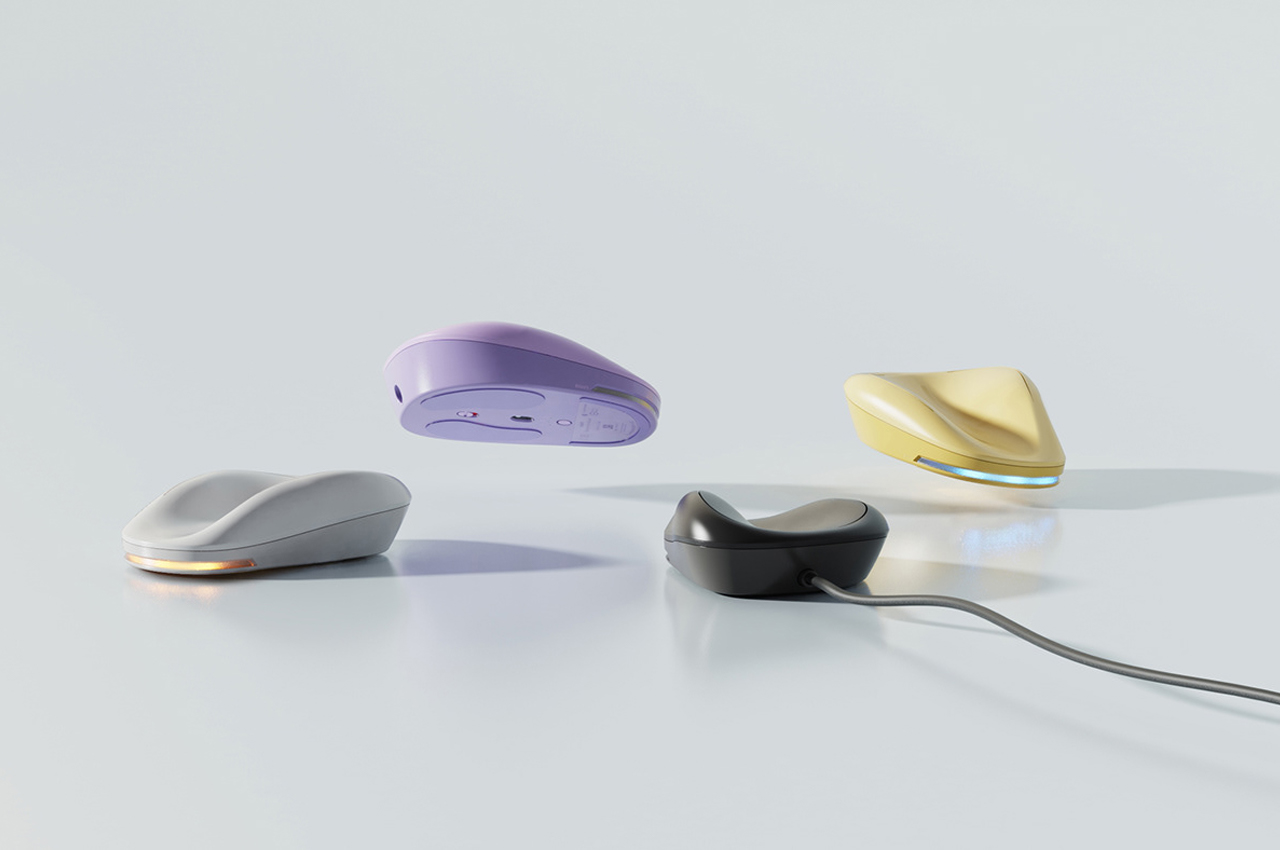
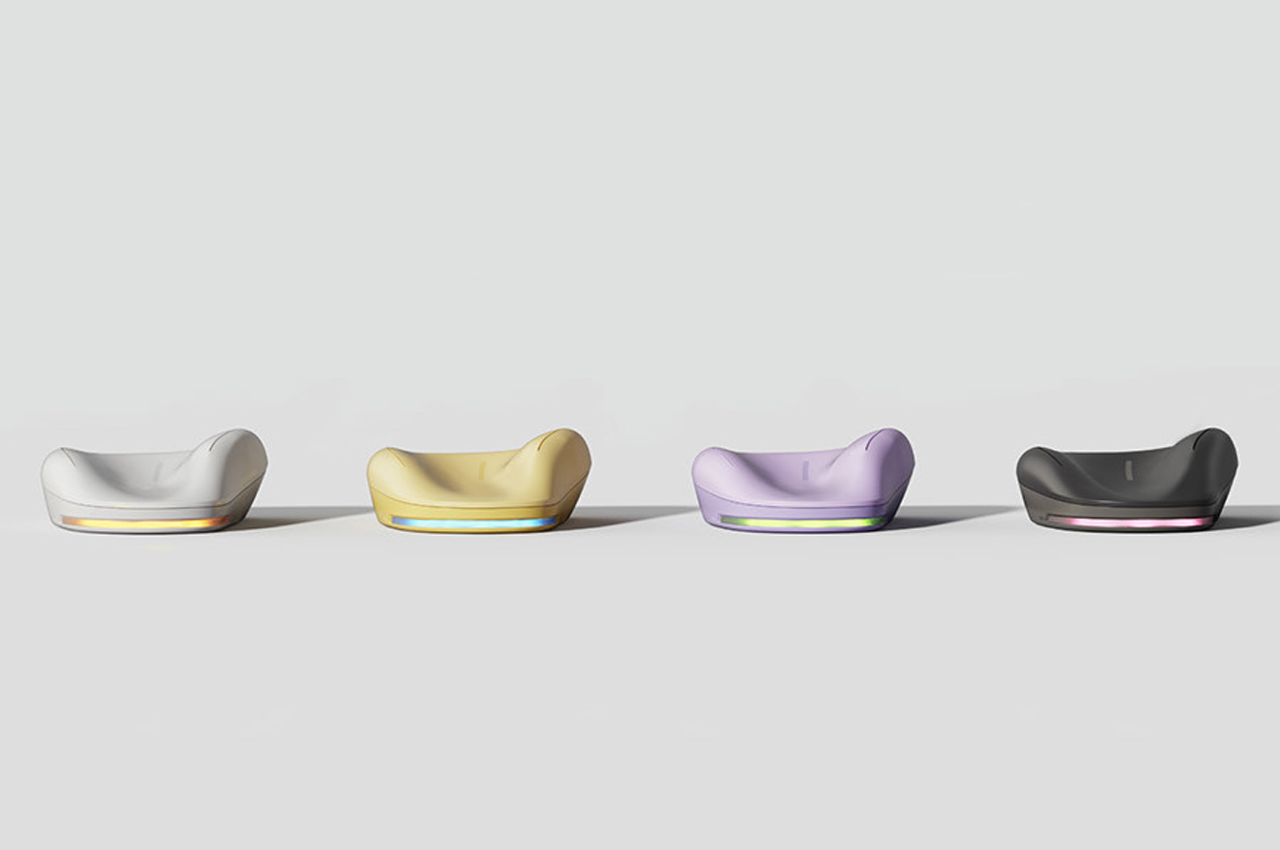
The mouse tilt buttons are positioned at different angles to ensure that the intended button is clicked. The left tilt button clicks at approximately 45 degrees while the right tilt button can be clicked at 20 degrees. Wireless by design, Allin comes with an accompanying magnetic charger that provides the mouse with enough charge to last through the workday.
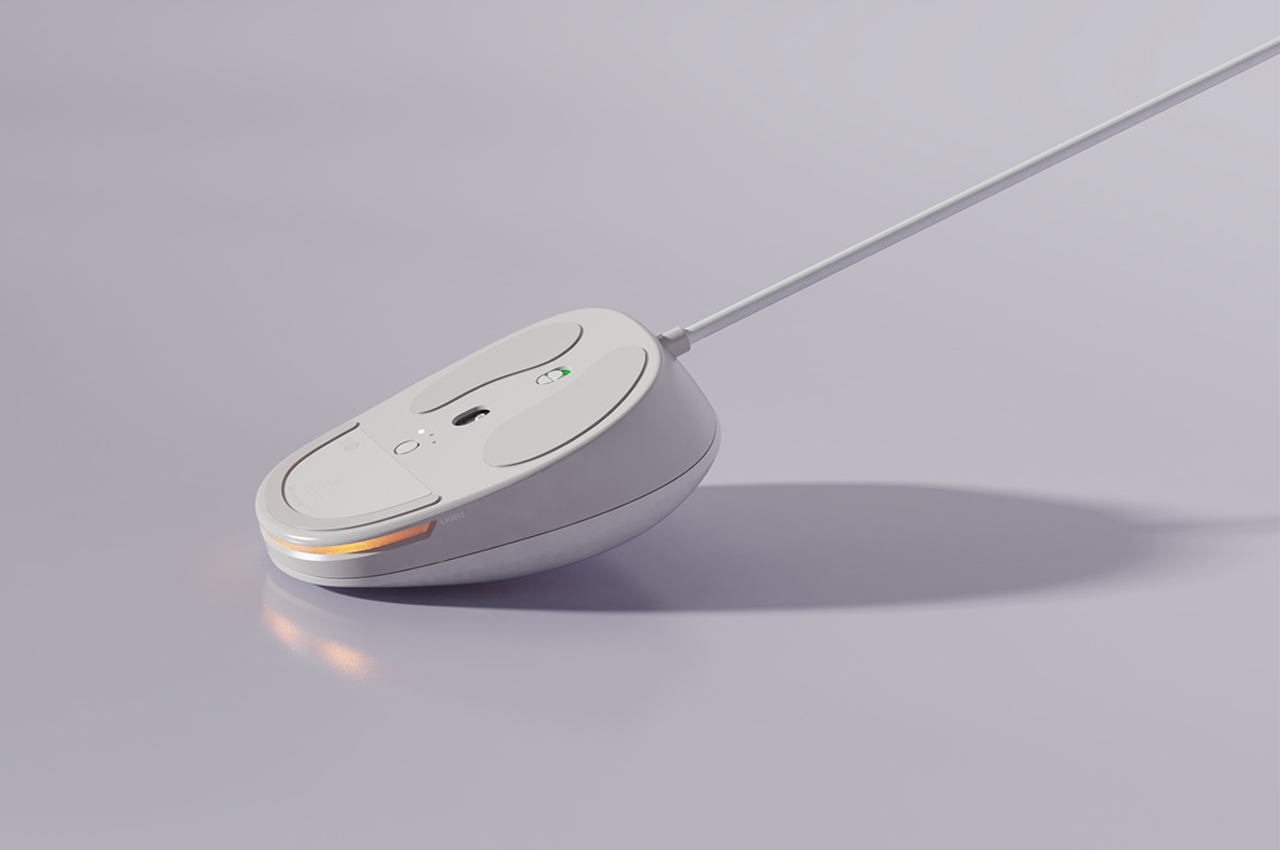
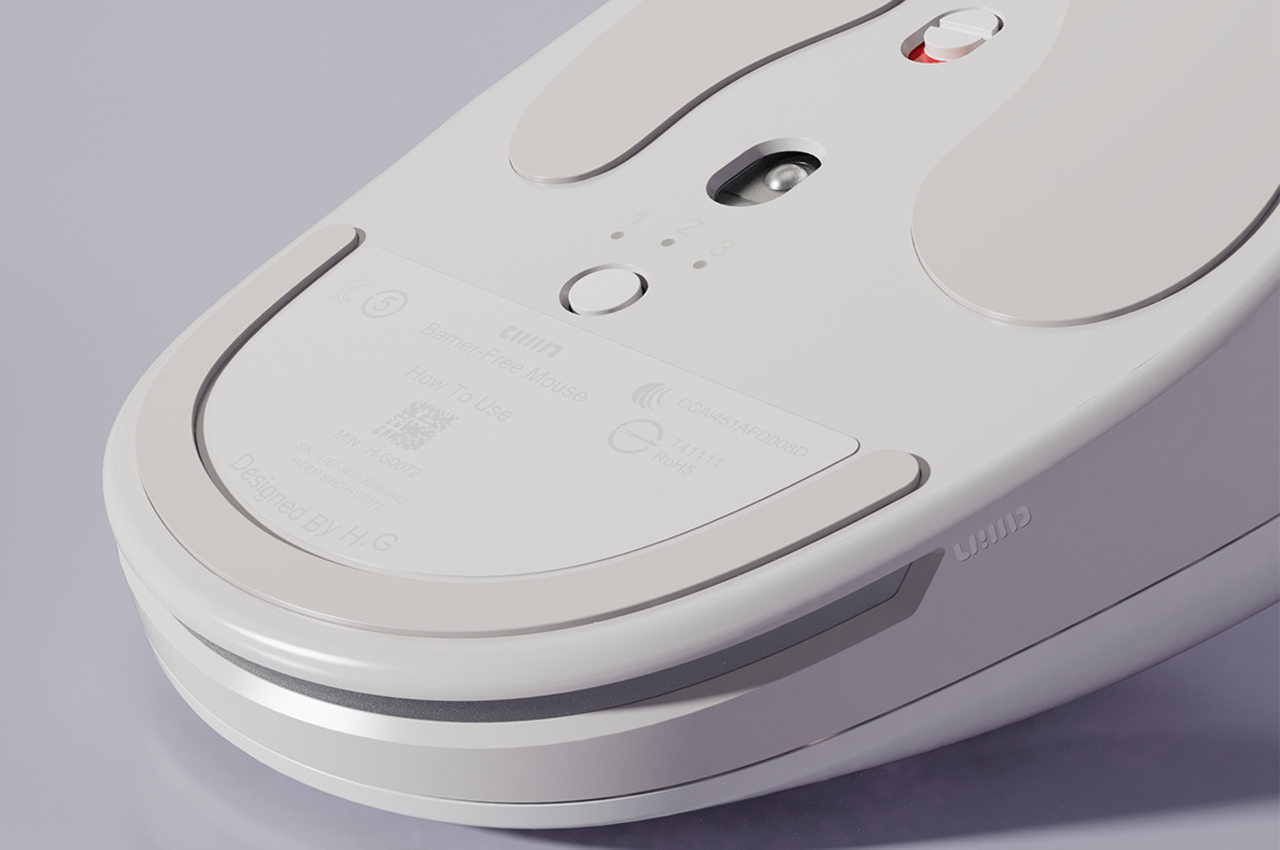
Primarily designed for amputees and for those who struggle to use computer desktop and laptop mouses, Allin is ergonomically designed to fit every human’s natural wrist movement. Allin is a supplemental computer accessory that can be partnered with any laptop or desktop computer to ease the physical strain that comes with working at a keyboard all day.
Designer: Designer Dot
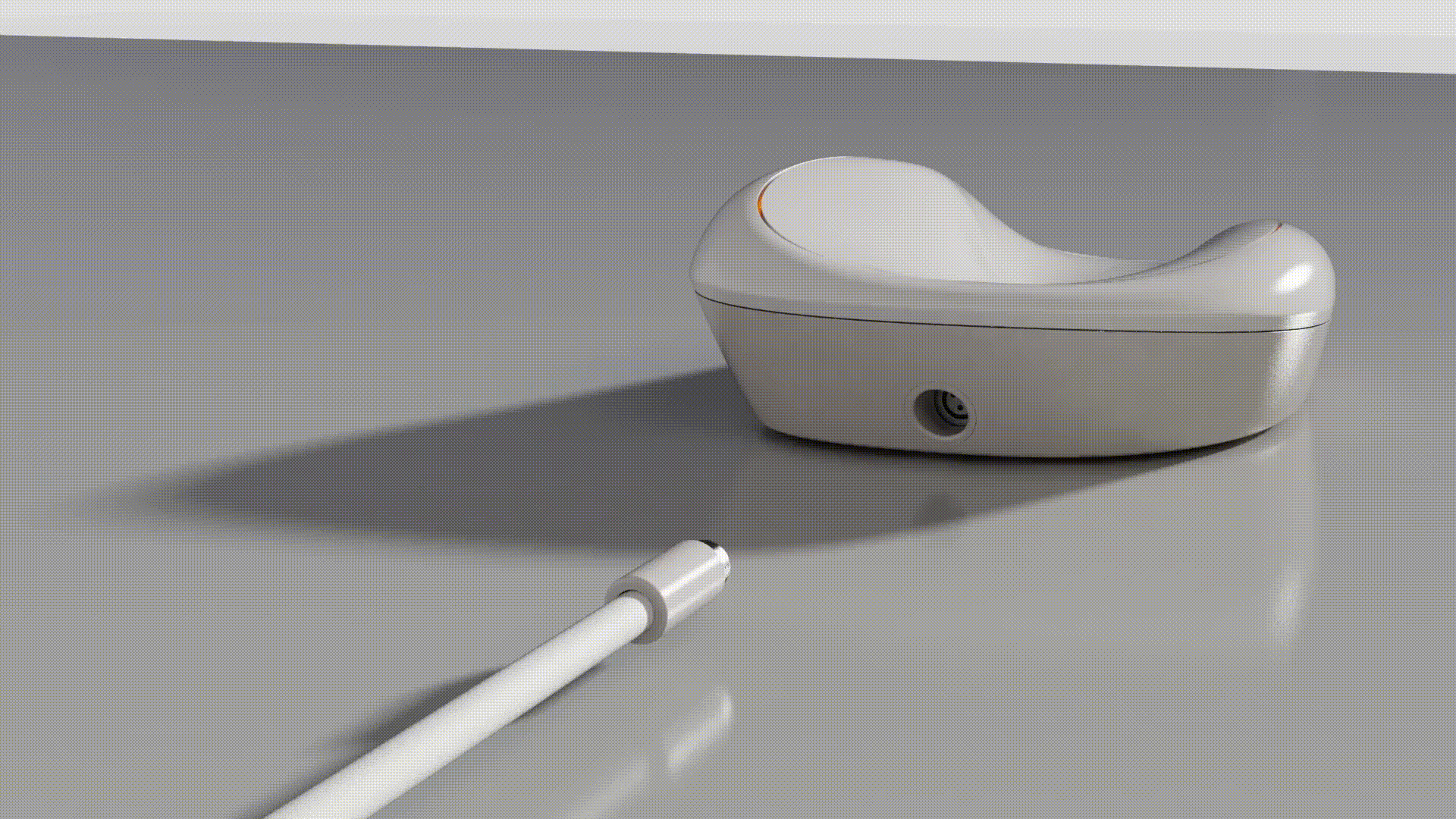
The magnetic charger provides Allin with the battery necessary for its wireless function.
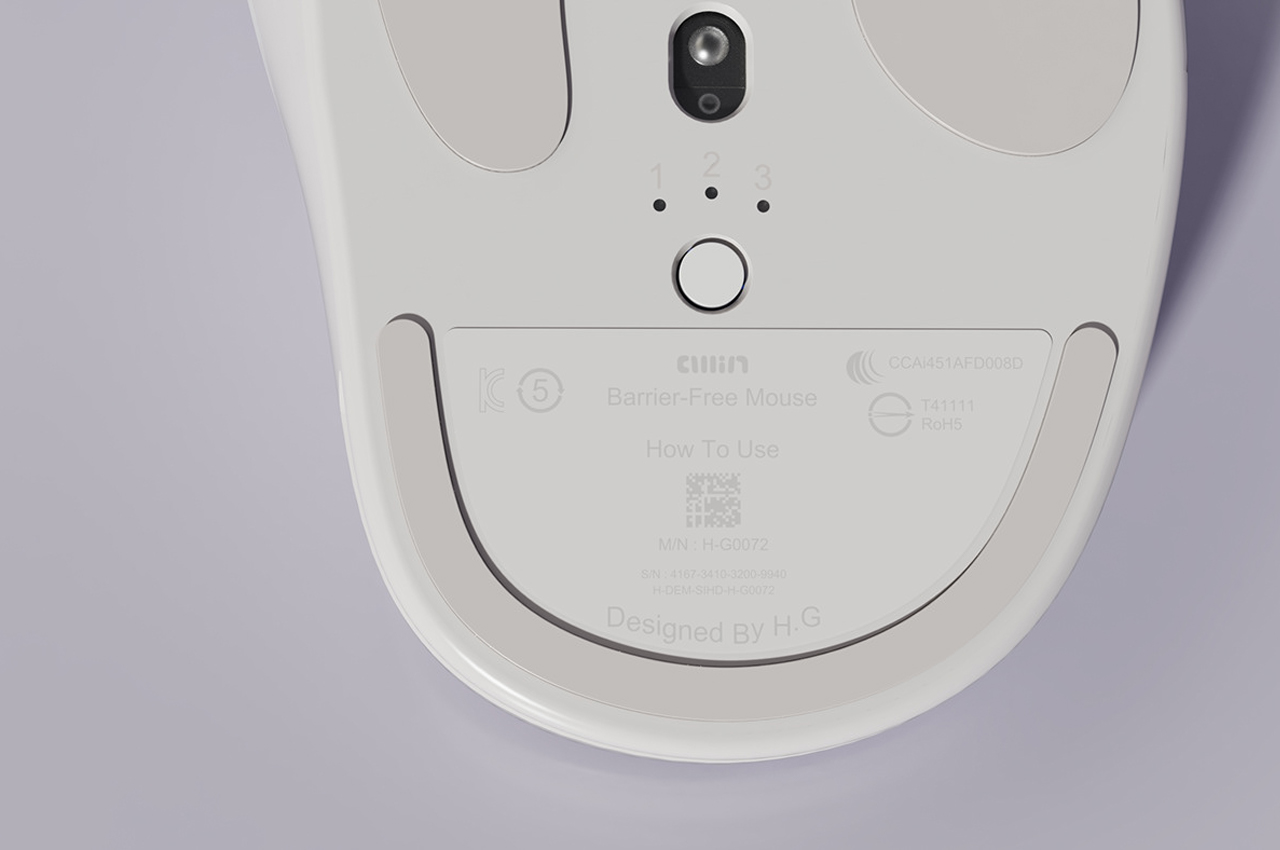
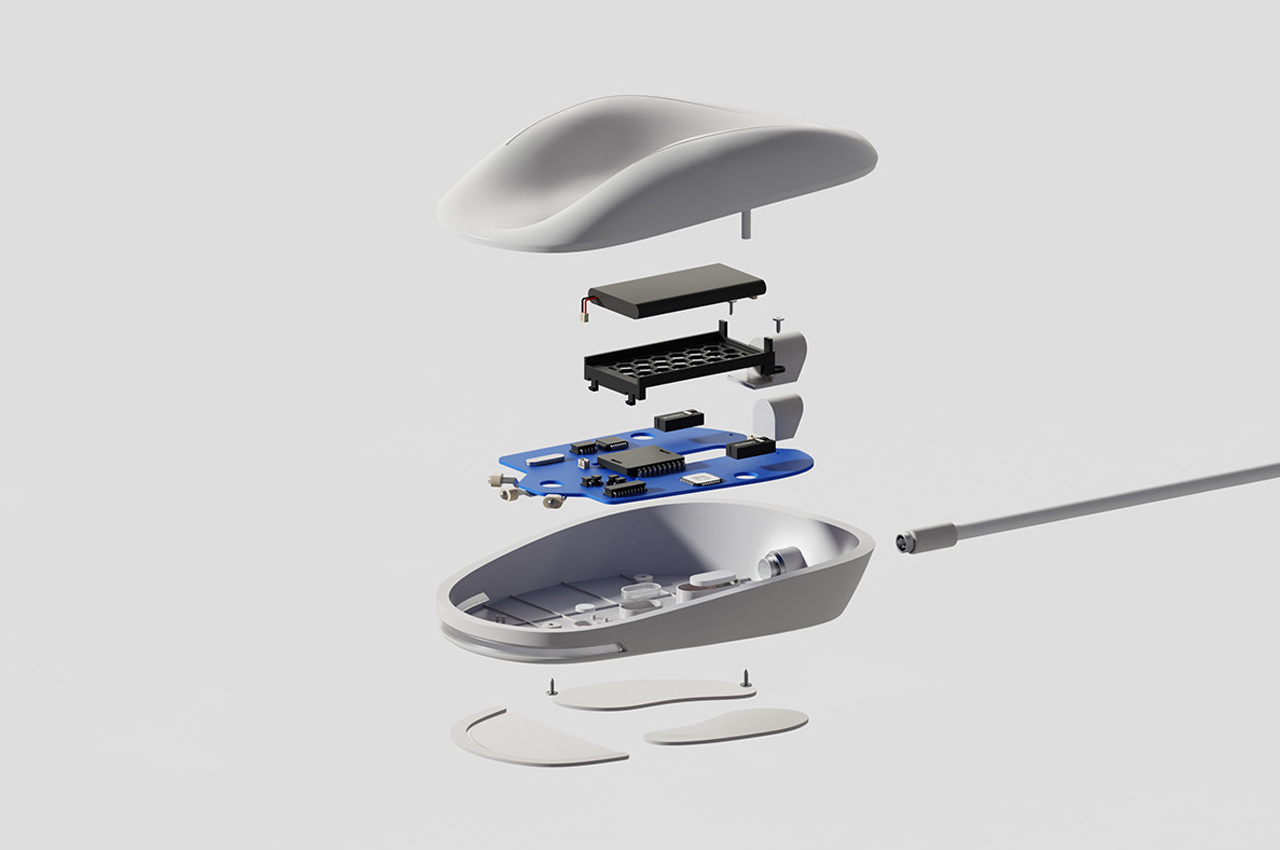
Embedded technology reconceptualizes the inner workings of traditional computer mouses.
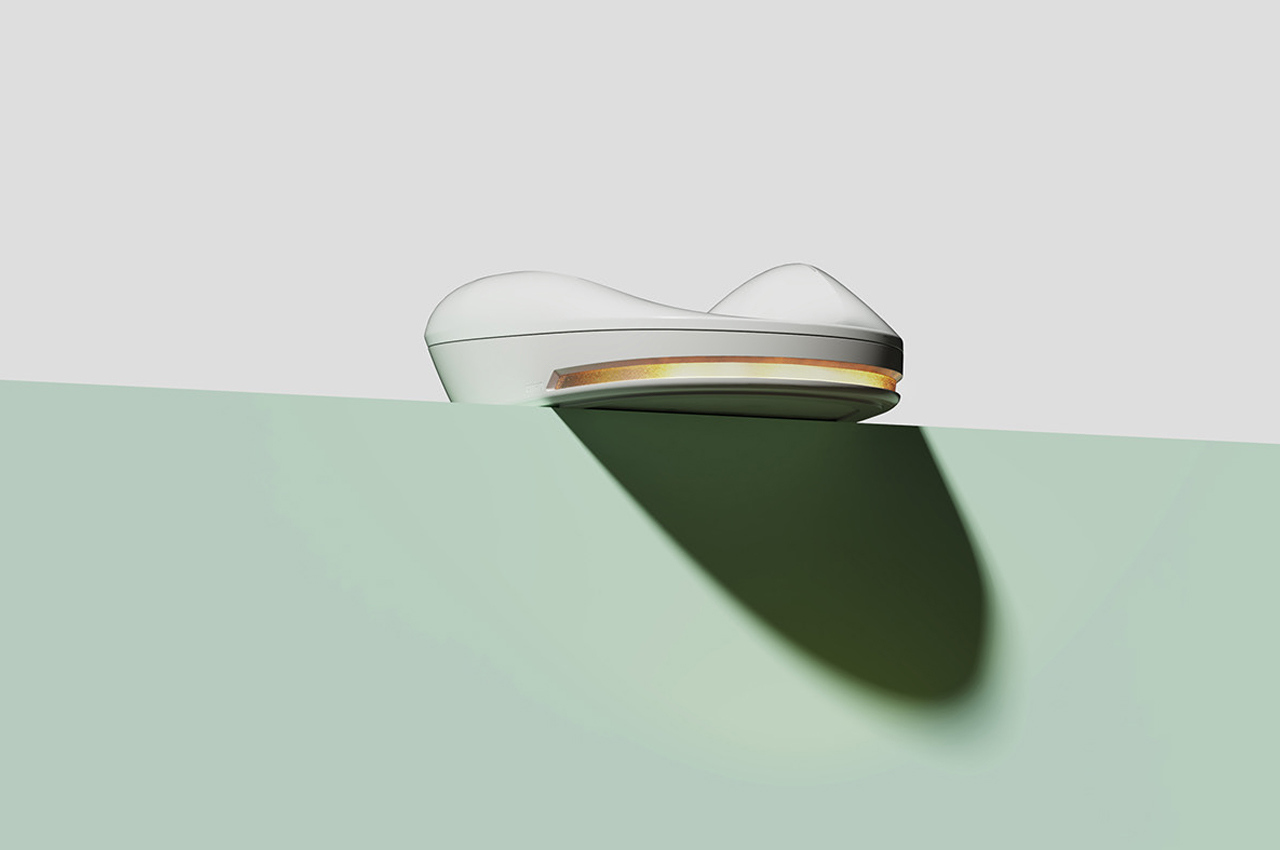
With a minimal outer surface, Allin can adapt to any brand of computer or laptop.

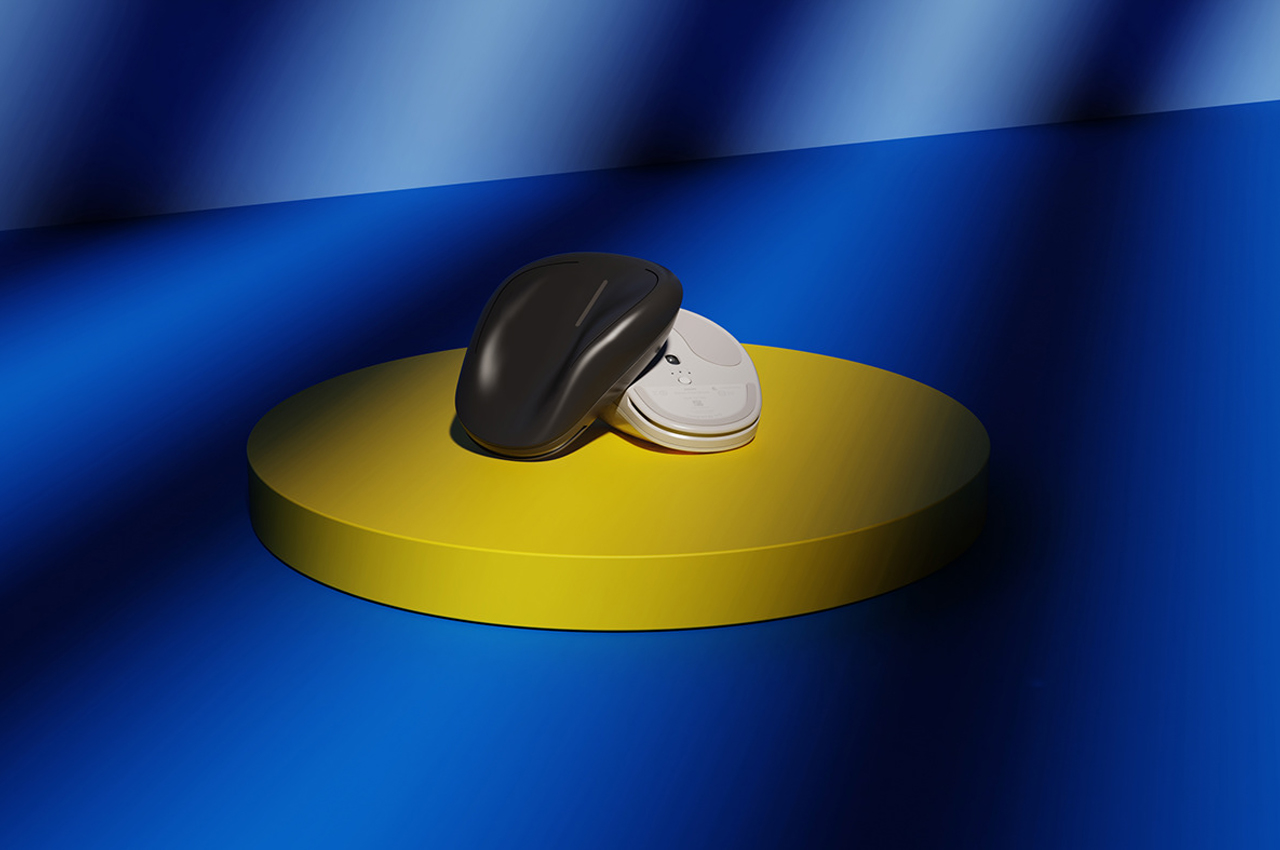
Allin is envisioned in matte black, off-white, blush pink, and lemon yellow.
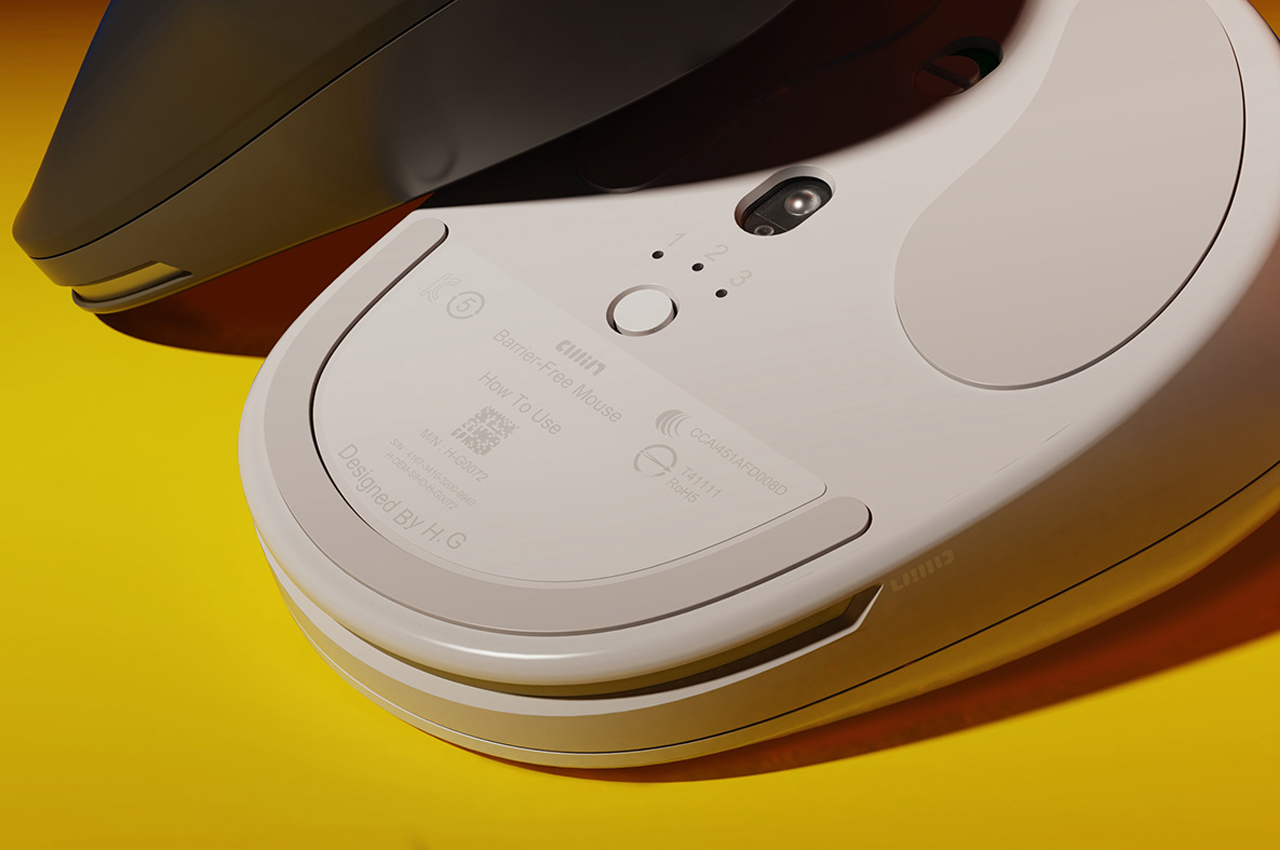
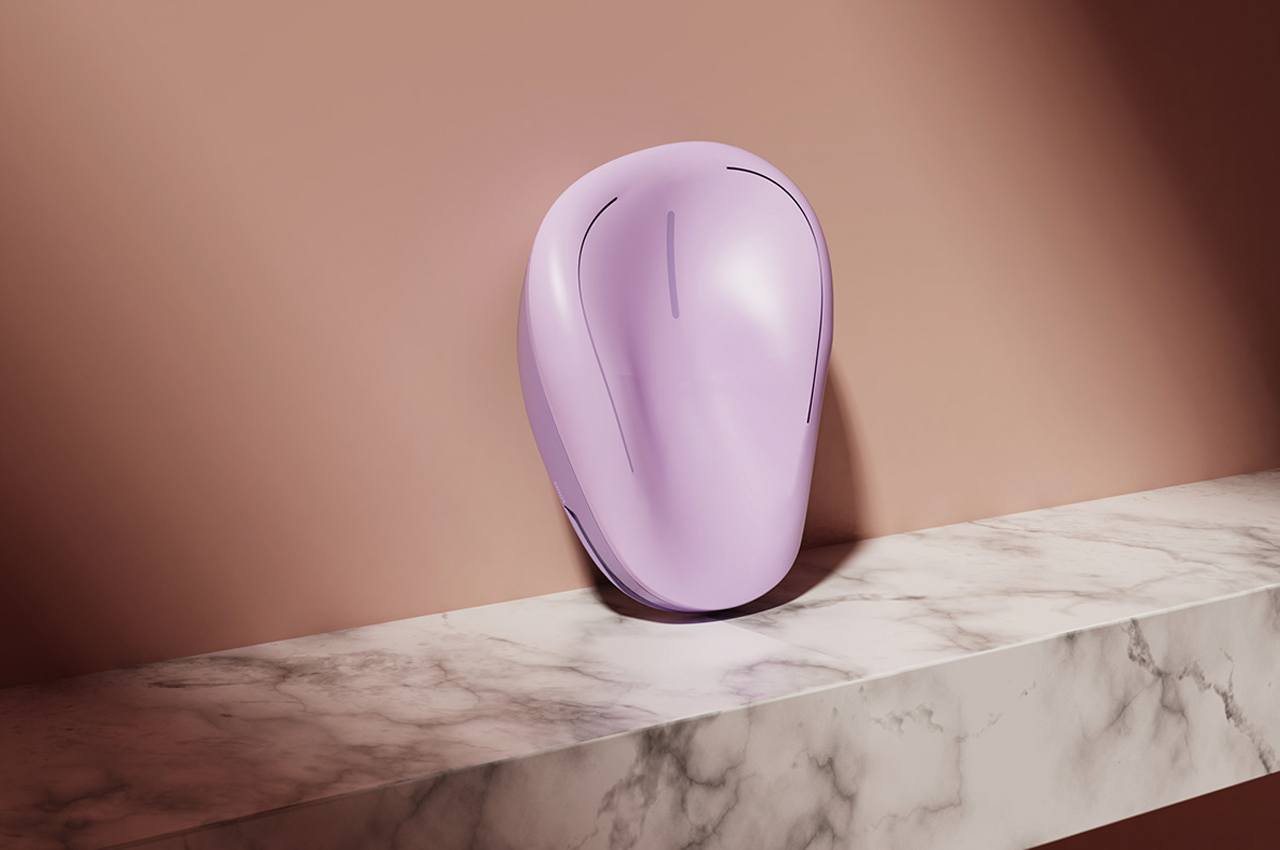
The post This inclusive computer mouse redefines the gadget’s design by working using the wrist, no fingers needed! first appeared on Yanko Design.
